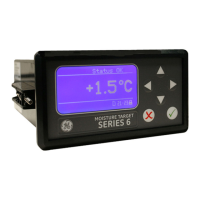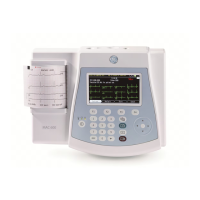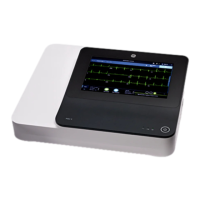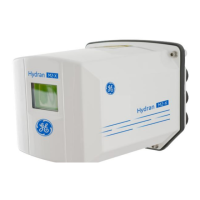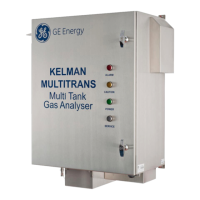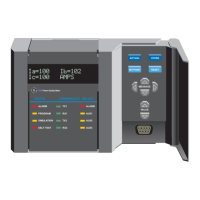GE Analytical Instruments ©2006 13-16 DLM 14291 Rev. A
After cleaning the inside of the bubbler top, open the outlet stopcock and rinse
the bubbler top with water.
Cleaning the Bubbler Tubing
The tubing and fittings from the purge vessel to the bubbler should be rinsed
with water to remove HCl and prevent corrosion of the fitting. To clean the
tubing and fittings:
• Hold the tubing with the fittings still attached (including the ferrules) over
a sink.
• Use a squeeze bottle filled with deionized water to thoroughly rinse the
tubing and fittings (do not take the fittings apart).
• After cleaning the bubbler and tubing, reassemble the bubbler and
reconnect the tubing. (see Procedure for Tightening Swagelok Fittings page
11-4).
Cleaning of the IFD Filter
If the level of the NaOH in the gas bubbler gets too high it will be drawn into
the tubing and blocked by the IFD filter. Most often this is as a result of
injection of a sample containing protein, causing the VCl
3
reagent to foam into
the bubbler and subsequent foaming of the NaOH. While running samples,
observe the IFD filter to check if liquid is present in the filter. While the filter
will initially block liquid from getting into the reaction cell, the vacuum will
eventually draw the liquid through the filter. If there is liquid in the tubing on
the outlet of the IFD filter (and therefore liquid in the reaction cell) it will be
necessary to clean the reaction cell as described in Chapter 11 to remove the
contamination. Whenever there is liquid in the IFD filter, remove the liquid and
clean the filter as described below.
• Remove the plastic nut and tubing on the inlet of the filter (the side with
two ports) to bring the filter to atmospheric pressure and then remove the

